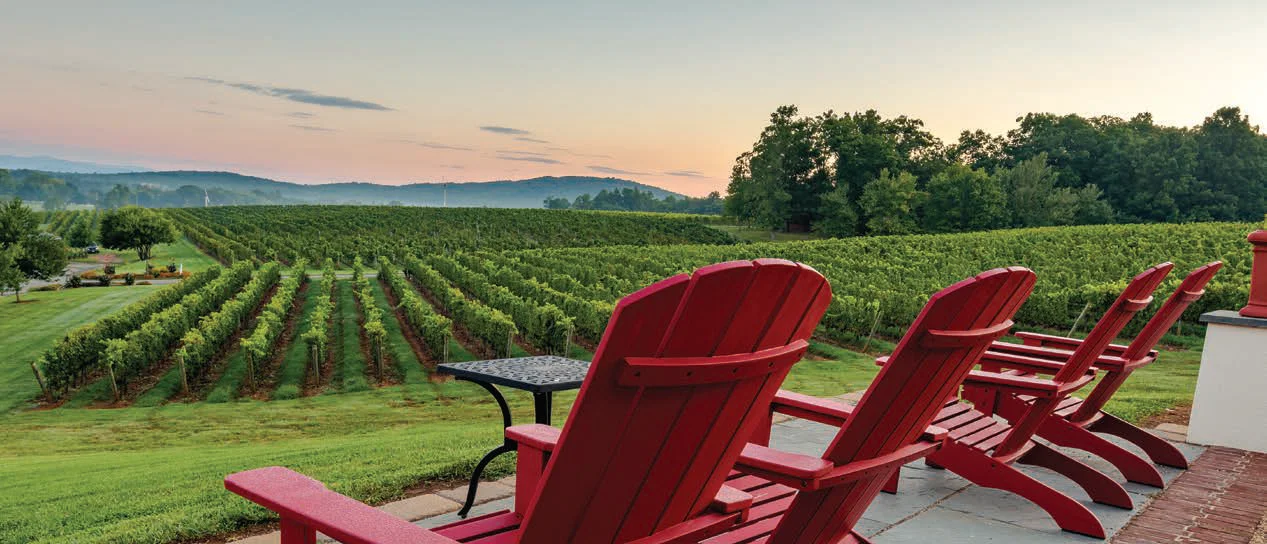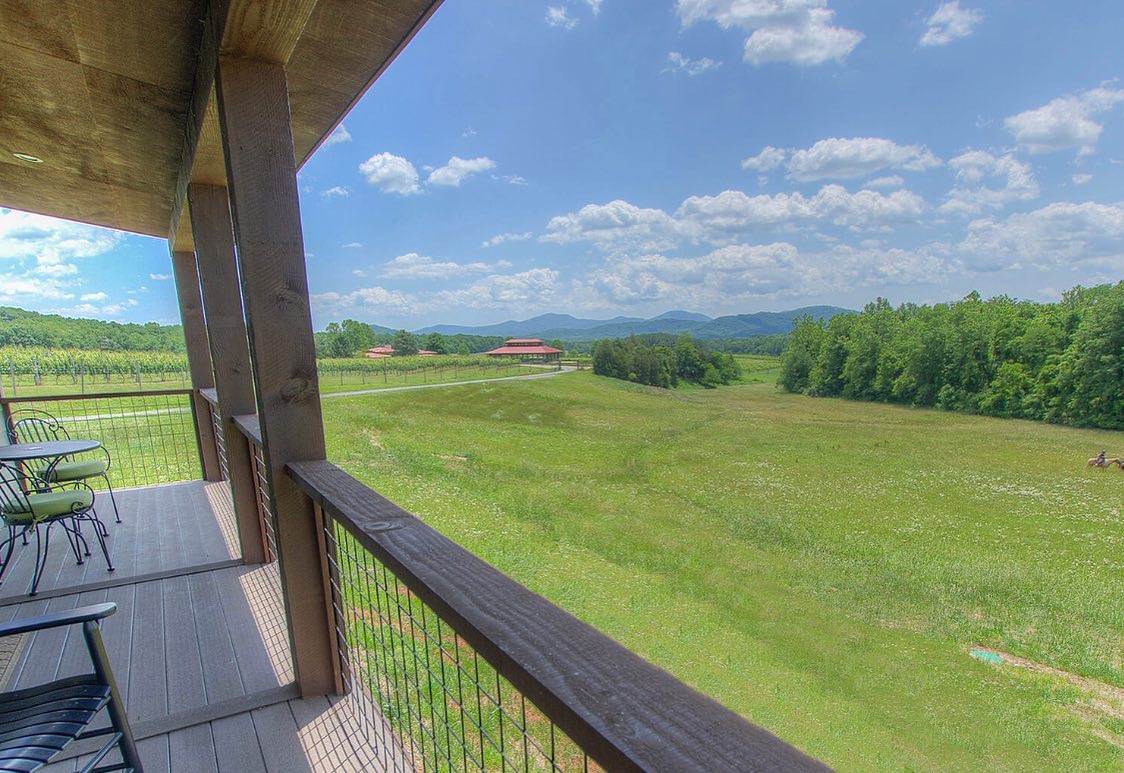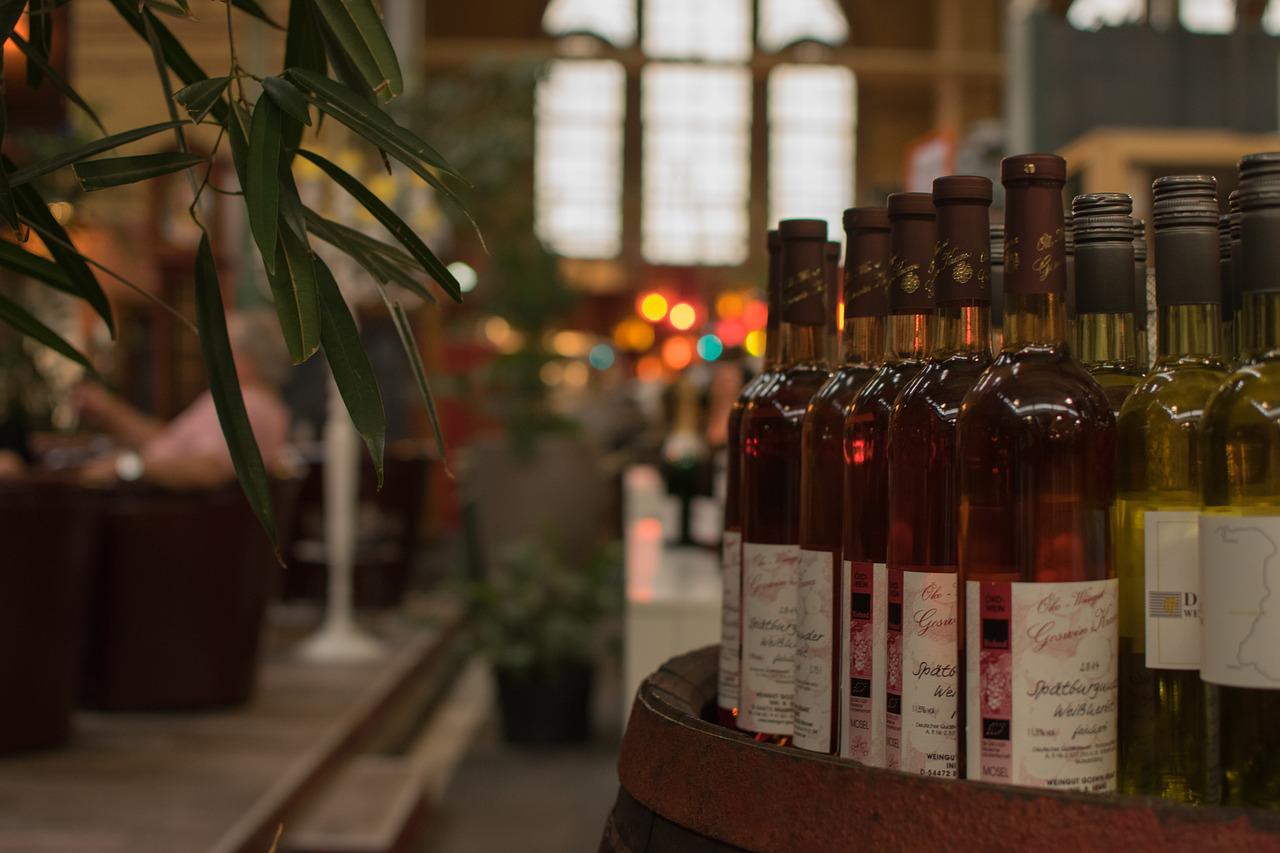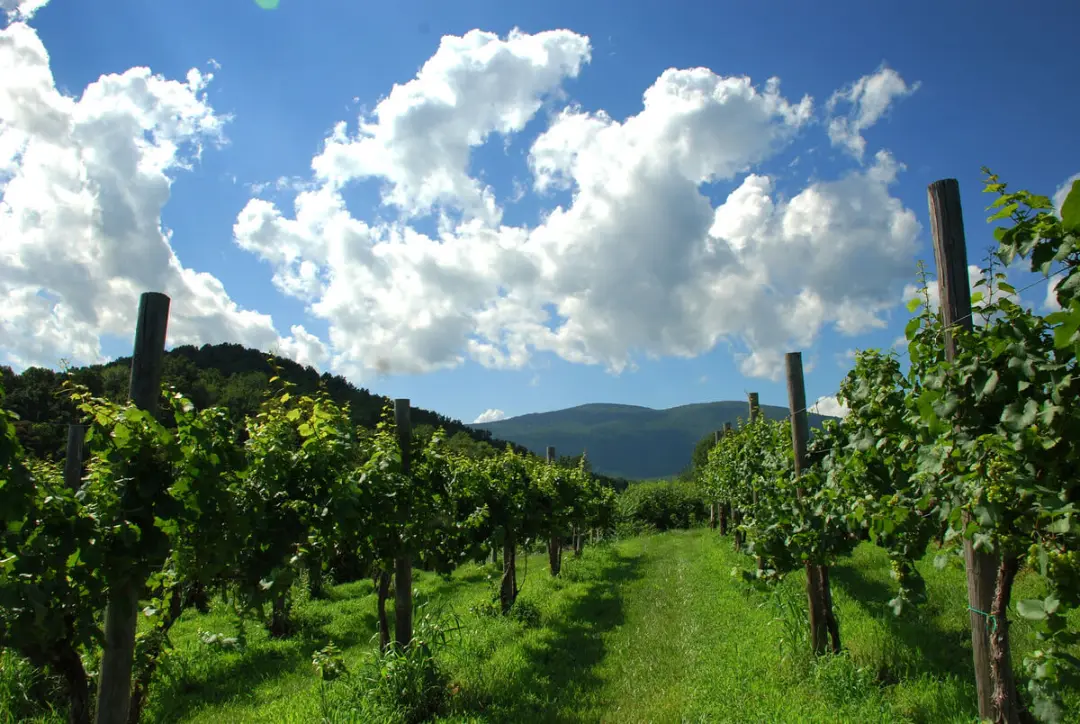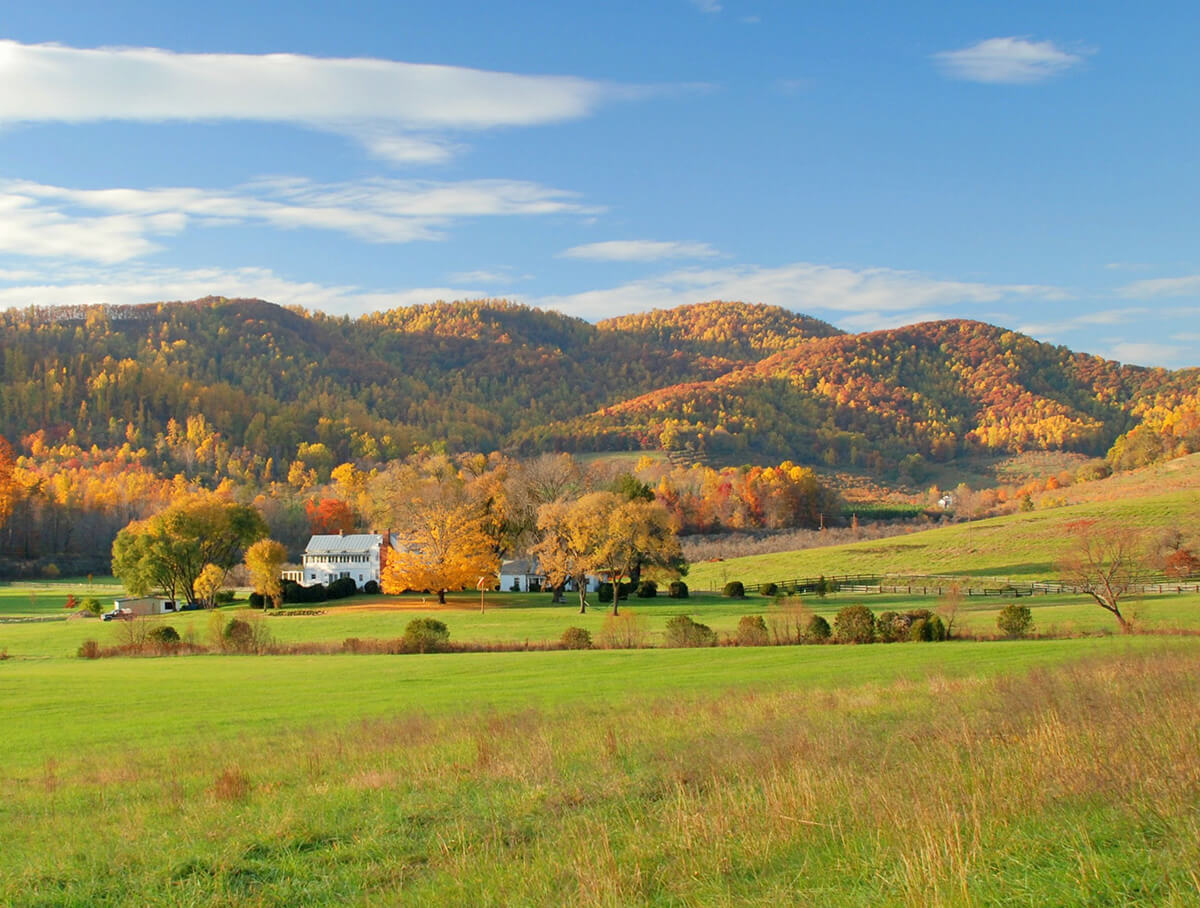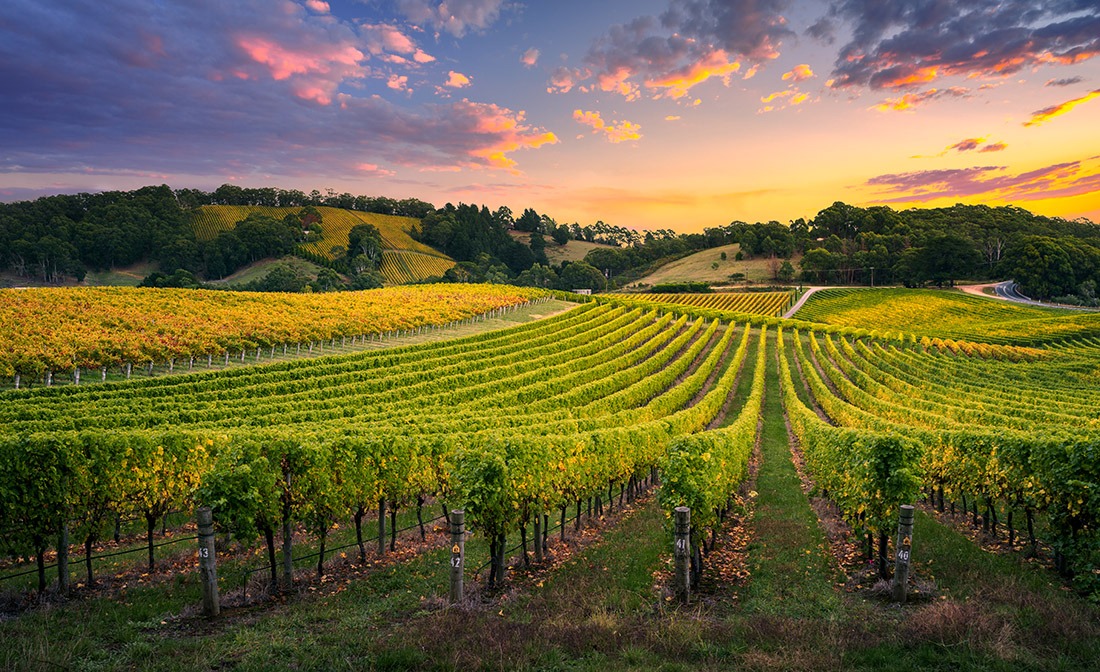Virginia has burst onto the winery scene in recent years as a major contender. The state is rated number 8 in the country for wine production and number 6 in the country for total number of wineries. The amount of wineries in the state has nearly doubled in the past 10 years and the state now boasts over 300 wineries. Virginia has a number of wine trails such as Bedford Wine Trail, Chesapeake Bay Wine Trail, Blue Ridge Whiskey Wine Loop and the Monticello Wine Trail to name just a few. Many of these wineries are award winning and can easily hold their own with the more established wineries of Sonoma and Napa Valley. While wineries have been cropping up all over Virginia, vineyards have not been keeping pace with the growth.
Why It’s Important To Encourage Farmers To Start Vineyards
It is important for a state with as many wineries as Virginia to encourage the establishment of vineyards. According to Annette Boyd who is the director of Virginia Wine Board’s marketing department in order “to qualify as a Virginia wine at least 75% of every bottle must contain grapes grown within the state”. This means that while a winery could sell wine that has been produced and bottled elsewhere or use grapes that have been grown elsewhere, in order for the wine to be considered a true Virginia wine all of the bottles they sell and/or produce must contain mostly Virginia grown grapes. Annette Boyd states that it is important because the environment in which the grapes are grown known as terroir affects the grapes and produces a distinct wine that can only be created within that environment.
Encouraging Farmers To Grow Grapes
In order to encourage farmers to become vintners, grants have been created to help farmers either add vineyard acreage to their existing farm or to convert their farm to a vineyard. This grant was created especially to help tobacco farmers who are no longer able to make a living growing tobacco. With this grant the state hopes farmers will add or switch to vineyard acreage so that farming their land continues to be a viable option well into the future for them and their families while supporting Virginia’s now well established wineries. Tobacco may be heading out as a profitable Virginia crop but wineries are just gathering steam and people apply for a license to open wineries regularly. This means that the need for vineyards and lots of them is not going away any time soon.
The Challenges Of Growing Grapes In Virginia
Being a vintner may sound like a dream job but there are reasons why farmers have not jumped on the vineyard bandwagon. With all of the modern improvements in farming, beginning a vineyard is not quite as daunting a task as it was when Thomas Jefferson tried his hand at it. However, the most common wine grapes can still struggle to flourish in Virginia’s humid climate. Due to climate change, the vines are beginning to produce grapes earlier in the season meaning vines may be decimated should a seasonally appropriate frost hit. Another concern is the reality that it takes a good ten years to see profit from a vineyard. Grapes do grow in the first couple years after planting; however it is best practice to prune the grapes back to allow the vines to grow stronger roots and trunks. This means it could take up to three years before you have a harvest that you can use. Growing grapes is a notoriously expensive undertaking and though the grant can help alleviate some of the financial strain it is not enough. In a Virginia Mercury article farmers who had participated in the grant program stated that in order to really encourage people to plant vineyard acreage, the grant should provide closer to 75 percent of the start-up cost as opposed to the 33 percent that it now provides.
The winery business in Virginia is a booming five billion dollar business that shows no signs of slowing down. Farmers who decide to add vineyard acreage to their existing farms or those who decide to grow only grapes can be sure to turn a profit as wineries continue to open and the need for local grapes continues to grow. Though not easy, with a little funding, a little ingenuity and a lot of hard work becoming a vintner will create a profit for you and continued profit for Virginia wineries. Do some research, talk to local vintners and take the plunge. You too can have a sense of purpose and pride knowing that you played a part in creating Virginia’s award winning wines.
FAQ
How much money do you need to start a vineyard?
The website nerdwallet.com states that if you have a large enough yard with good land quality then you could start a small vineyard in your backyard. The average cost to start a vineyard is between 35,000 and 45,000 dollars an acre.
How much wine can a small vineyard produce?
According to waterboards.ca.gov, a small vineyard can expect to produce 3 to 5 tons of fruit.
How much wine does 1 acre of grapes produce?
Srealproperty.com states that a ton of grapes produces 150 gallons of wine. So if the average acre produces 3 to 5 tons of grapes then you can expect to produce an average of 450 gallons to 750 gallons of wine.
